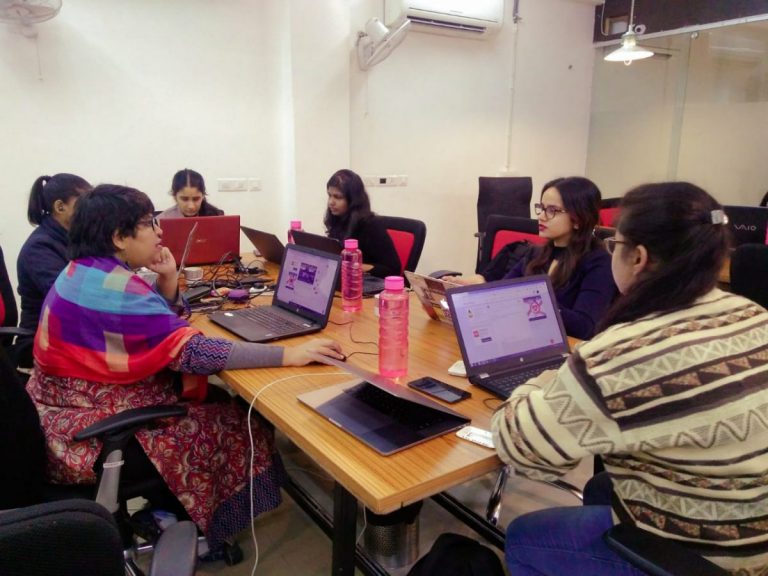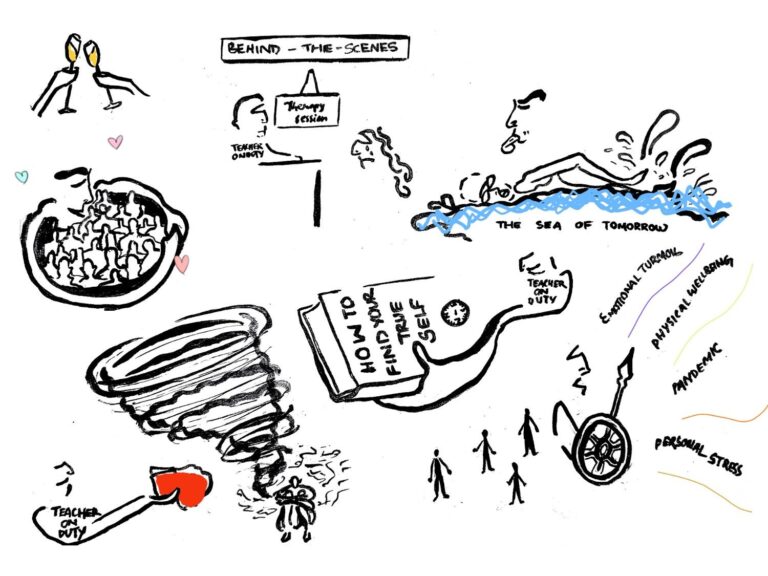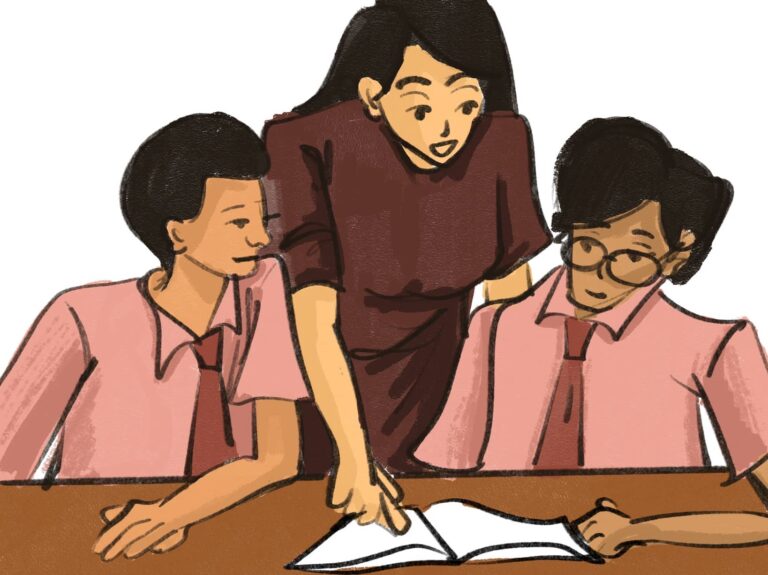Reconnecting the dots: Lessons for every day from Tech4Good

This post provides a cross-sectoral bridge for all working professionals by distilling the perspectives derived from the intersection of the social sector and the tech world.
In the course of this write-up, I share some of my key takeaways from this sector. I have tried to write them in a way so one can easily identify their purpose and apply them to one’s profession. Irrespective of your sector, by the end of this post, hopefully, you will have a couple of things that you can start applying to bring out your best self at your workplace.
What exactly is “Tech4Good”?
It is acceptable to state that if an individual, business, organization, or project actively uses the good effects of technology around us to address one or more of the United Nations Sustainable Development Goals it can be classified as Tech4Good. This would explain why a mental health helpline is an application of Tech4Good and Google Search is not. The distinguishing characteristic of the application is its purpose.
Why is this important?
There are at least 31 lakh NGOs in India alone, which is almost one-third of all NGOs worldwide, and since the sector is not tuned to producing results just in terms of revenues, large techs are not drawn to all of them. Consequently, there has never been a greater need for projects in this area. I am appreciative of the opportunity to have worked with two such organizations that continue to use tech tools to support the social development sector.
Let’s begin!
People > Tech
Some of the new words that have entered my vocabulary on a daily basis at work are Backend, Frontend, Production, Staging, Wireframes, Database, ETAs, UATs, etc. But I use the word “thank you” more often than any of these phrases, and I do so sincerely each time.
“The point of gratitude is not just to feel it; it’s to show it,” as Adam Grant famously stated. Gratitude contributes to our pleasure. It serves as a reminder to others of their value. Realizing that individuals are more than the work they do might be a good place to start with this.
For me, as a manager working with a group of individuals I perceive as better qualified than myself in a lot of ways, can cause disruptions in project delivery, in such moments I try to stand back and gather myself and remind myself what our friend Adam has expounded. I find it helpful to take a minute, ground myself and come back to the table.
Process-oriented over goal specific
You have a serious issue when the client gives you a brief for a mobile app and ultimately expects a web app. There is no room for change at your end because the entire app is prepared. You then ask yourself -, “do we start from scratch, why didn’t we check for updates earlier?”
Well, the Traditional Waterfall approach to software development was exactly causing a situation like this to happen. As a result, we now have the Agile Methodology, which divides the entire development process into manageable chunks (also known as Product Backlog Items) and asks clients for feedback as each chunk is delivered while keeping track of the changes. By keeping track of the changes, one can make modifications as needed without having to wait until the project is finished. (For those interested out there, here is the Agile Manifesto in 34+ languages)
The 80/20 rule
Fun Fact: Pareto was an Italian economist who one day, observed that 80% of the land in Italy was owned by only 20% of the population. Let’s see how this relates to our tech4good world –
Imagine that you are in charge of a platform that tracks the number of social awareness initiatives taking place in various states. You arrive at the office one day to find a bevy of complaints from app users who are experiencing errors when attempting to log data into the app. You glance through the 100 most recent complaints and notice that two states account for 80% of the complaints. You check with your team to see if these two states’ data have undergone any changes since the previous release. Reversing these alterations is now your top priority for the day as the team agrees with your hypothesis.
IF(Intent=””, “Practise awareness”, “Stay Curious”)
If it hasn’t already been made evident by reading this, I am one of the people in the tech industry who does not have a tech degree. At first, it does appear to be quite a significant deal. You typically wind yourself asking queries that tech experts might find absurd, which have taught me more than any YouTube tutorial.
I have come to accept that self-awareness promotes curiosity, which in turn enables me to be the best version of myself, while working with an ego promotes nothing but hindrances to achieving an outcome the team and I are working toward.
There are times I am overcome by imposter syndrome, which has also helped me build on my self-awareness and establish boundaries. If I catch myself operating with ego, I go take a walk or take a few deep breaths, ground myself, and hit the pause button that helps me put my best foot forward to resolve all queries, mine included!
Let’s Conclude!
All of these viewpoints from Tech4Good are intended to give you access to a fresh framework that is ultimately unique to you. One thing that all concepts share in common is the capacity to work while considering impact as a long-term strategy. This enables one to strike a healthy work-life balance and gives one’s team members and oneself the opportunity to do meaningful work that they can reflect on and feel a sense of belonging. Consider it in terms of moving forward one step at a time and hoping that it all makes sense in hindsight. After all, as “Steve” said, we connect the dots only when we’re looking backward.








